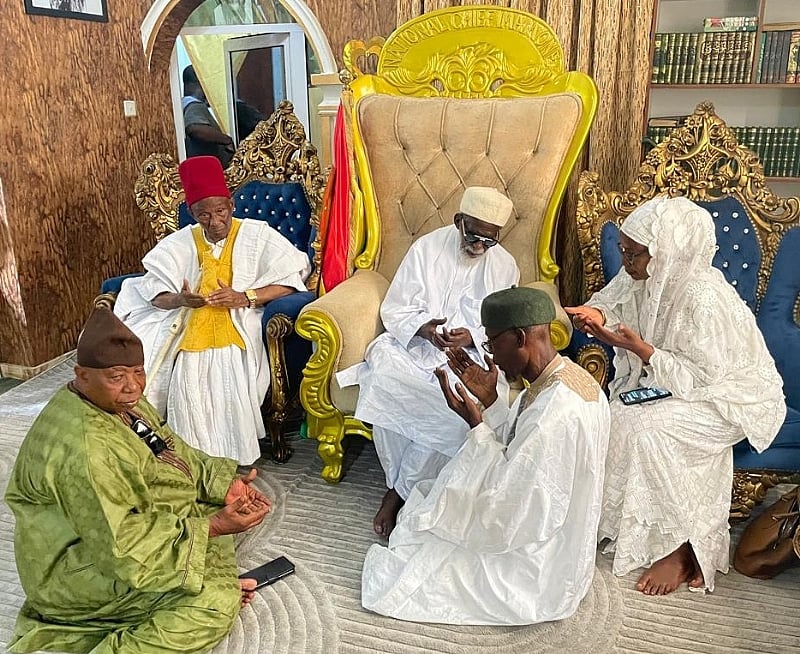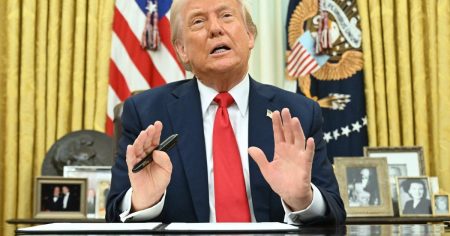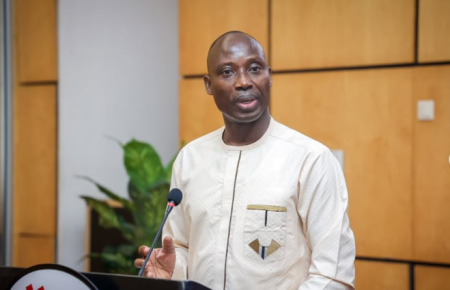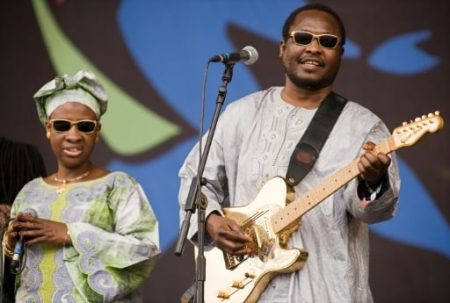The visit of Naa Professor Edmund Nminyem Delle Chiir VIII, the Chief of Nandom, to the National Chief Imam, Sheikh Osman Nuhu Sharubutu, following the successful completion of Ramadan, served as a powerful symbol of interfaith harmony and collaboration in Ghana. This gesture transcended mere courtesy, representing a deeper commitment to forging stronger bonds between traditional and religious leadership for the betterment of the nation. Naa Prof. Delle Chiir VIII, a prominent figure who balances his traditional leadership with his Catholic faith, his profession as a dermatologist, and his entrepreneurial ventures, recognized the crucial role that both traditional and religious leaders play in shaping the fabric of Ghanaian society. His visit highlighted the potential for collaborative efforts to address national development challenges and promote peace and unity.
The meeting between these two influential leaders underscored the importance of mutual respect and understanding in a diverse nation. Naa Prof. Delle Chiir VIII’s high praise for the National Chief Imam, describing him as a unifying figure, a pillar of national security and peace, and a bridge between different faiths, emphasized the Chief Imam’s significant contributions to Ghanaian society. This recognition extended beyond the religious sphere, acknowledging the Chief Imam’s impact on national unity and his role as a respected elder statesman. The Chief Imam’s gracious reciprocation, offering prayers for the Nandom Naa and expressing his commitment to continued interfaith engagement, solidified the message of collaboration and mutual support.
The symbolism of this meeting extends beyond the individuals involved. It represents the broader potential for bridging divides and fostering understanding between different communities within Ghana. The Chief Imam, as a representative of the Muslim community, has been a consistent advocate for interfaith unity and has played an active role in supporting national development initiatives. The Nandom Naa’s visit, representing the traditional leadership structure, complements this effort, showcasing the potential for collaboration between these two influential spheres of Ghanaian society. Together, they represent a combined force for positive change and social progress.
This interaction between traditional and religious leadership serves as a model for building bridges and fostering cooperation within diverse communities. It exemplifies the idea that shared goals, such as national development and peaceful coexistence, can transcend differences in beliefs and practices. By working together, traditional and religious leaders can harness their collective influence to address critical issues, promote social cohesion, and create a more harmonious and prosperous future for all Ghanaians. The meeting set a precedent for future collaborations, signaling a commitment to ongoing dialogue and joint action.
The long-term implications of this interfaith engagement are significant. It reinforces the message that interfaith cooperation is not merely a desirable ideal but a practical necessity for achieving national stability and development goals. In a nation characterized by religious and cultural diversity, the ability of leaders from different backgrounds to work together is essential for addressing complex societal challenges. This collaboration not only fosters mutual understanding and respect but also creates a more inclusive and equitable society where all citizens feel valued and represented.
Furthermore, this event serves as a powerful reminder of the importance of dialogue and engagement in overcoming societal divides. It demonstrates that respectful communication and a shared commitment to common goals can bridge even the most profound differences. The visit of the Nandom Naa to the National Chief Imam showcases the potential for building trust and understanding between communities, creating a foundation for collaborative problem-solving and fostering a sense of shared national identity. This model of engagement offers a valuable lesson for other nations grappling with issues of religious and cultural diversity, demonstrating the transformative power of interfaith dialogue and cooperation.














